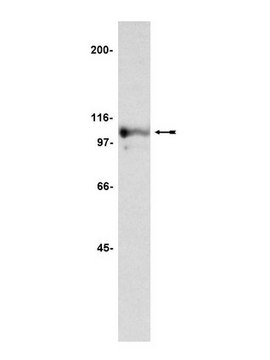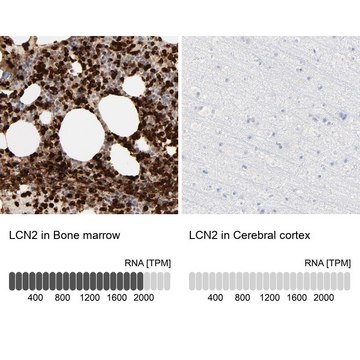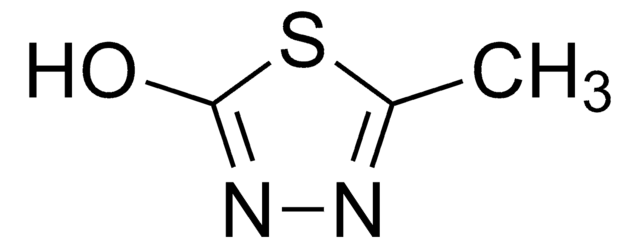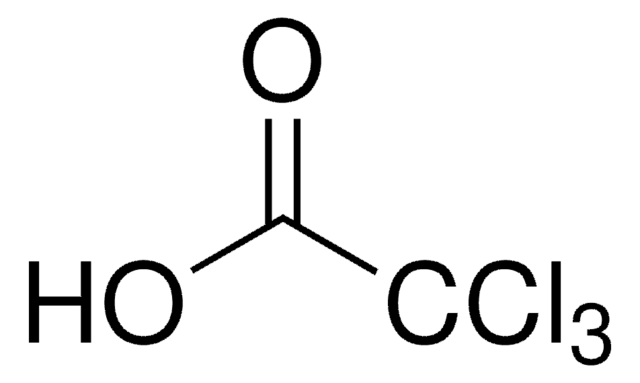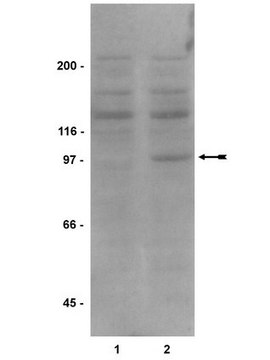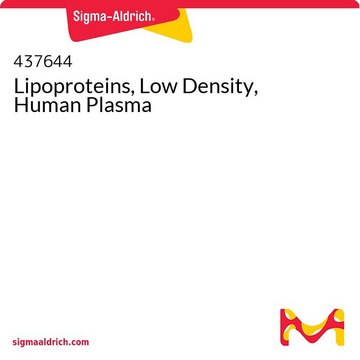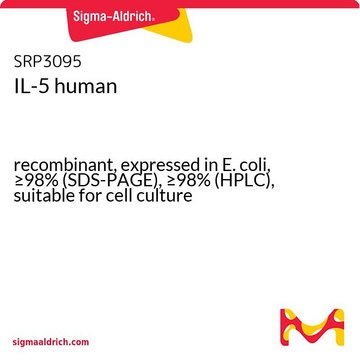MABE1782
Anti-phospho-E2F1 (Ser375) Antibody, clone 71-10
clone 71-10, from rabbit
Synonym(s):
Transcription factor E2F1, E2F-1, PBR3, Retinoblastoma-associated protein 1, RBAP-1, Retinoblastoma-binding protein 3, RBBP-3, pRB-binding protein E2F-1
About This Item
Recommended Products
biological source
rabbit
antibody form
purified antibody
antibody product type
primary antibodies
clone
71-10, monoclonal
species reactivity
human
packaging
antibody small pack of 25 μL
technique(s)
ELISA: suitable
western blot: suitable
isotype
IgG
NCBI accession no.
UniProt accession no.
target post-translational modification
phosphorylation (pSer375/pSer375)
Gene Information
human ... E2F1(1869)
General description
Specificity
Immunogen
Application
Epigenetics & Nuclear Function
Quality
Western Blotting Analysis: A 1:2,000 dilution of this antibody detected phospho-E2F1 (Ser375) in HEK293 cells transfected with E2F1 wild type-GST,, but not in HEK 293 cells transfected with E2F1 wild type-GST with alanine substituted for serine at 375.
Target description
Physical form
Storage and Stability
Other Notes
Disclaimer
Not finding the right product?
Try our Product Selector Tool.
Regulatory Information
Certificates of Analysis (COA)
Search for Certificates of Analysis (COA) by entering the products Lot/Batch Number. Lot and Batch Numbers can be found on a product’s label following the words ‘Lot’ or ‘Batch’.
Already Own This Product?
Find documentation for the products that you have recently purchased in the Document Library.
Our team of scientists has experience in all areas of research including Life Science, Material Science, Chemical Synthesis, Chromatography, Analytical and many others.
Contact Technical Service